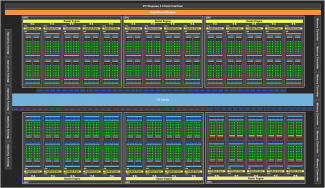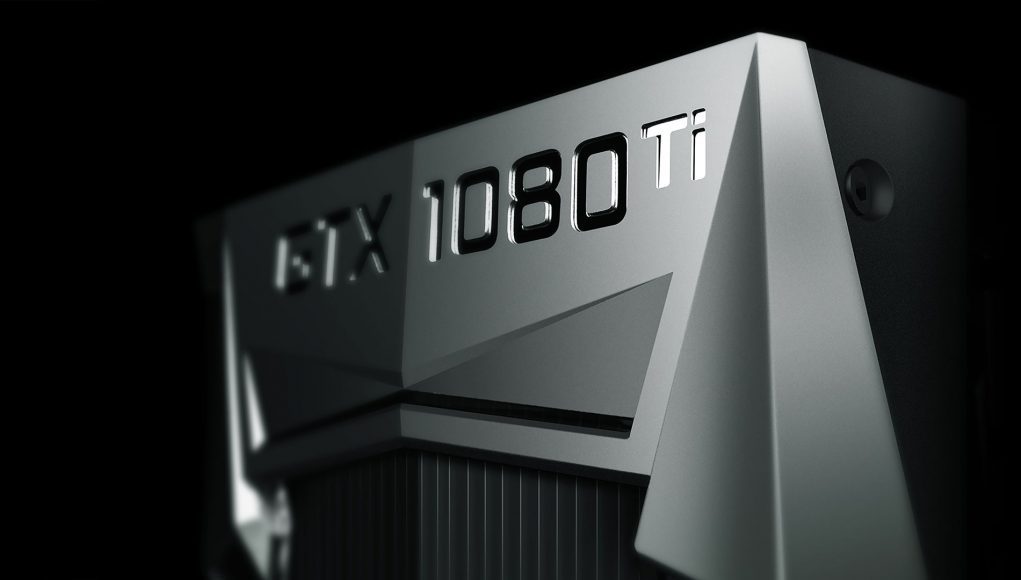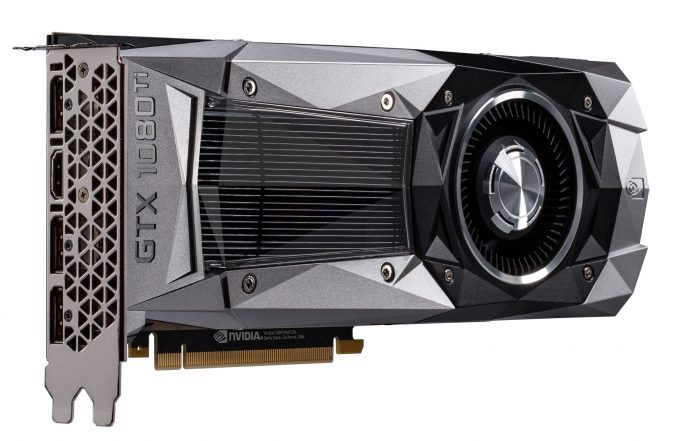NVIDIA’s latest GPU is here and it offers a big performance bump, but what exactly does that power deliver the VR gaming enthusiast? We pit the new Nvidia GTX 1080 Ti against the GTX 1080 to see just how far each card can enhance VR image quality through supersampling.
It’s frightening the pace at which the GPU industry moves. Here we are, less than one year after Nvidia launched its brand new line of 10-series ‘Pascal’ architecture graphics cards with the GTX 1080, back with a new card which promises to not only outgun its predecessor by a significant margin, but on paper matches the performance of Nvidia’s flagship GPU, the ludicrously pricey and powerful Titan X.
Table of Contents
- Introduction
- GTX 1080 Ti Specs
- Testing Methodology & FCAT VR Primer
- Overclocking
- Benchmarks
- Standard Gaming Performance
- Rise of the Tomb Raider (DX11 and DX 12)
- Deus Ex: Mankind Dividied
- The Division
- VR Gaming Performance
- Dirt Rally VR
- Showdown
- Standard Gaming Performance
- Conclusion
NVIDIA’s GTX 1080 Ti – the Titan X Killer?
The new GTX 1080 Ti is here and offers a step change in performance when compared with the last generation, Maxwell architecture GTX 980 Ti.
This is certainly impressive, and you can see why Nvidia are keen to emphasise the progress that’s been made since the 980 Ti’s launch in 2015. But the real story here is that this new card’s closest performance stable mate is the current generation $1,200+ ultra-enthusiast card, the Titan X. In fact, the GTX 1080 Ti is built around the same GP102 GPU used in Nvidia’s Titan X released last year. With 12 billion transistors, GP102 is “the most powerful GPU Nvidia has ever made for gaming.”

The GeForce GTX 1080 Ti ships with 3,584 CUDA Cores, 28 Streaming Multiprocessors (SMs), and runs at a base clock frequency of 1,480 MHz, while the GPU Boost clock speed is 1,582 MHz. And as we’ll discover, there’s quite a bit of headroom in both memory and core base clocks. The 1080Ti sports 11GB of GDDR5X VRAM, just 1GB shy of the Titan X, and that’s a spec shaving that you’re very unlikely to notice, even when gaming at 4k or supersampling at extreme levels. In other words, the 1080Ti just made the Titan X effectively obsolete.
Bear all of that in mind, and consider that the new GTX 1080 Ti shipped last week for $699, the same price as its GTX 1080 predecessor went on sale for just 10 months ago. It’s also launching at this price a mere 8 months after the 10-series Titan X, owners of which may justifiably feel their wallet wincing at their short lived performance supremacy.
Testing Methodology & ‘FCAT VR’
The world of cutting edge GPUs may move quickly, but one of the reasons why virtual reality remains fascinating is that it’s moving even faster. Last year’s GTX 1080 review opened with an apology of sorts, stating that as VR itself was in its infancy, we had no tools to record metrics at the level of empirical detail which standard PC gaming enthusiasts take for granted. As of this week, we’re allowed to publish benchmarks based on the newly released FCAT VR tool from Nvidia, a new frame analysis tool which records VR runtime data in detail and lets us peek under the hood at if and when VR rendering safety nets like Asynchronous Spacewarp and Asynchronous Timewarp/Reprojection are kicking in under load.
As the 1080Ti is considered a high-end GPU for dedicated enthusiasts, we wanted to really get to grips with the benefits such extreme performance could provide VR gamers. Whilst current generation headset displays are limited in terms of overall pixel density (meaning a visible panel structure), one of the biggest immersion breakers are jaggies (aliasing) caused by a low target render resolution. We’ve therefore concentrated our VR benchmarking efforts to test the limits of the GTX 1080 and 1080Ti and their ability to supersample the image to extreme levels. Supersampling is a compute intensive way to reduce aliasing (the appearance of obvious pixels or stepping on a digital image) by first rendering at a much higher resolution and using that extra detail to down-sample to a lower resolution, but one of a much higher resultant quality. Supersampling is the easiest way outside of game-specific rendering options to improve image quality and immersion.
As man cannot live on VR gaming alone, we’ve also assembled a selection of visually sumptuous and computationally taxing games. each benchmarked with tests designed to highlight the raw grunt each card possesses.
Overclocking
Although we’ve only had limited time with the 1080Ti thus far, we did manage to ascertain what we think is a stable (and fairly generous) overclock on our supplied founders edition unit. Pushing the core clock to +170Mhz above base with an additional +400Mhz bump for memory, we cautiously kept fan speed fixed at 80% with temperatures maxing out around the 80-85 degree mark. These numbers are provisional, but provide a healthy boost to performance and that’s with no additional cooling or voltage applied – and they proved stable. We’ve included overclocked results in some of the benchmark breakdowns. Interestingly – for those of you squeamish about damaging such a pricey piece of hardware – you actually only need to lift the cap on the card’s power and thermal throttling limits to realise some significant gains.
Testing Rig
We partnered with AVA Direct to create the Exemplar 2 Ultimate, our high-end VR hardware reference point against which we perform our tests and reviews. Exemplar 2 is designed to push virtual reality experiences above and beyond what’s possible with systems built to lesser recommended VR specifications.
| Test PC Specifications: |
| SuperNOVA 850 G2 Modular Cables, 80 PLUS® Gold |
| MAXIMUS VIII GENE LGA 1151 Intel Z170 HDMI SATA 6Gb/s USB 3.1 USB 3.0 mATX Intel Motherboard |
| Core™ i7-6700K Quad core (4 Core) 4.0 – 4.20GHz TB, HD Graphics 530, LGA 1151, 8MB L3 Cache, DDR4-2133 |
| ACX mITX CPU Cooler |
| 16GB (2 x 8GB) HyperX Fury PC4-17000 DDR4 2133MHz CL14 |
| 500GB 850 EVO SSD, 3D V-NAND, 540/520 MB/s |
| 1TB Barracuda®, SATA 6 Gb/s, 7200 RPM, 64MB cache |
| 2 x 120mm Quiet Case Fan, 1500 RPM, 81.5 CFM, 23 dBA, White LED |
| Custom 20-Color LED Lighting w/ Remote |
| Windows 10 Pro 64-bit Edition |









